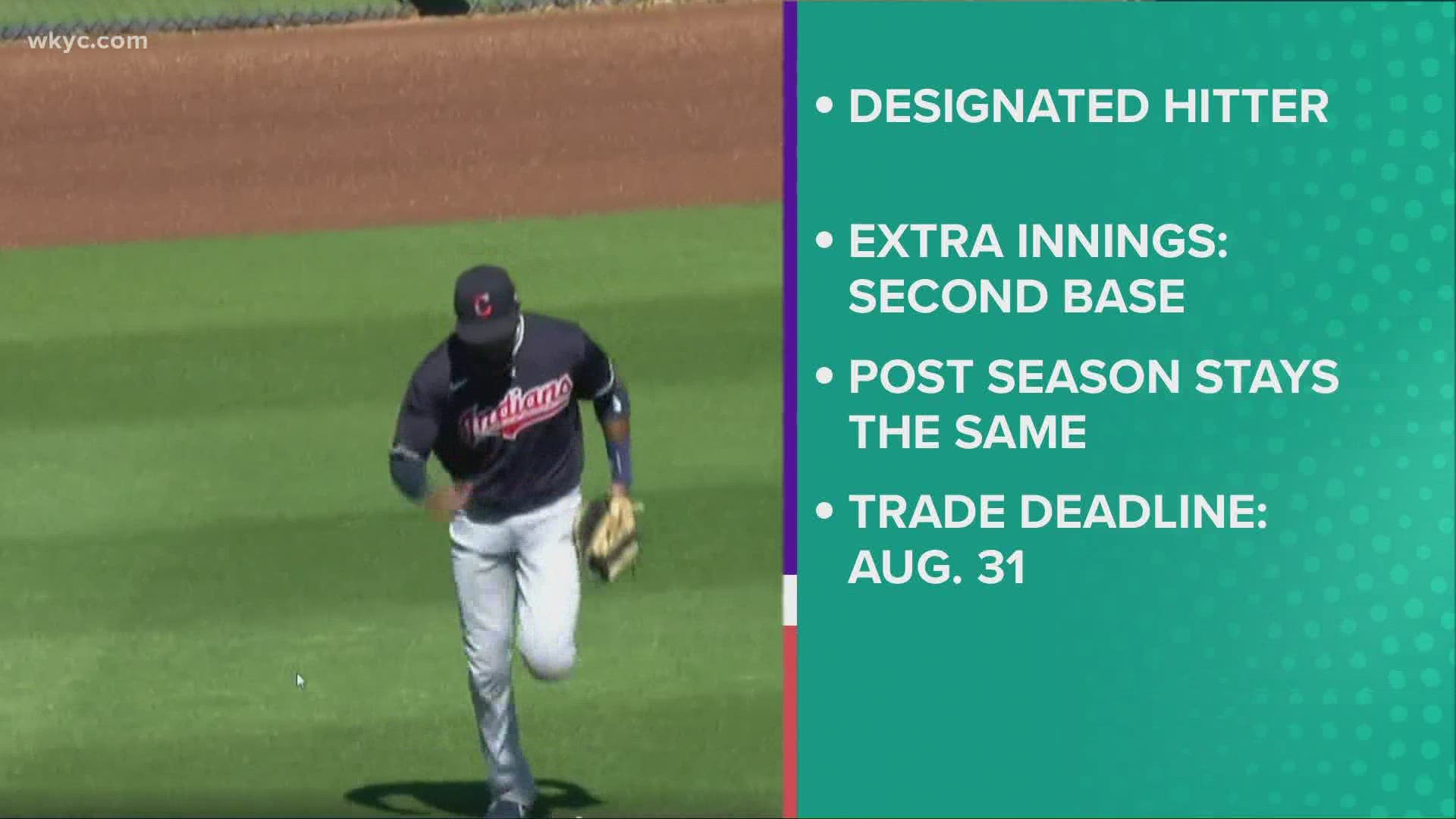Earlier this week, Major League Baseball and its players union agreed to plans for a 60-game season in 2020, which is scheduled to begin on either July 23 or July 24.
This season, however, figures to be one unlike any other, and not just because it will be the shortest campaign since 1878.
Due to the coronavirus (COVID-19) pandemic, several new rules and regulations have been implemented in an effort to ensure the safety of players, coaches, team staff members and media. What follows is a FAQ (Frequently Asked Questions) regarding the newest rules for baseball's upcoming 2020 season (all rules via MLB.com).
Will fans be allowed to attend games?
No, fans will not currently be permitted to attend games, due to concerns regarding the coronavirus pandemic. This is one of the biggest reasons why the negotiations between the owners and players lasted as long as they did, as the absence of fans figures to cause a drastic reduction in revenue for teams.
As a result, the owners used their ability based on a previous agreement to implement a season at any length so long as they paid the players their full prorated salaries. In what marked their final proposal, the players had asked for a 70-game season with prorated salaries.
While fans aren't currently permitted to attend games, some teams and states have indicated that it is something that could happen later in the season.
What will the schedules be?
While the MLB has yet to release its 2020 schedule for games, teams are expected to play all 40 of their games against divisional opponents and 20 games against opponents from the corresponding regional division in the other league. So a team in the American League Central, for example, will play 40 games against other American League Central opponents and 20 games against National League Central opponents. Games will be played in home stadiums over a 66-game span, with a traditional postseason format expected to take place beginning on Sept. 29.
Players are currently scheduled to report to their home cities for a Spring Training 2.0 on July 1.
What are the most significant in-game rule changes?
Due to the shortened nature of the 2020 season, MLB has adopted two significant rule changes in an attempt to limit injuries and the length of any extra-inning games.
For the first time its existence, the National League will have a designated hitter, rather than forcing pitchers to bat. In theory, this should decrease the risk of injuries to pitchers and allow relief pitchers to potentially pitch longer rather than being subbed out for a pinch hitter.
As for extra innings, every half-inning after the ninth inning will begin with a runner on second base. That runner would be the player who made the final out in the prior half-inning, although that pinch runner could be used instead. This rule has been used in the minor leagues for each of the previous two seasons and will only be used in the regular season in 2020.
What will rosters look like?
Instead of the traditional 25-man active roster, teams will be permitted to carry a 30-man roster for the first two weeks of the season, a 28-man roster for the ensuing two weeks and a 26-man roster for the rest of the season. Teams will have 60 eligible players throughout the season, consisting of their traditional 40-man rosters and a 20-player taxi squad.
What safety precautions are in place?
As a result of the coronavirus pandemic, MLB has implemented several safety precautions, some of which might make baseball look a lot different than you're used to.
Those measures include:
- Players and coaches will be tested for COVID-19 every other day from the start of Spring Training through the postseason and temperature/symptom checks twice per day.
- Any player who tests positive for, exhibits symptoms for or has been exposed to COVID-19 will be placed on an indefinite injury list. He will be eligible to return once he tests negative twice.
- Players and staffers not participating in the game will be sitting in the stands, at least six feet apart.
- Masks must be worn by non-playing personnel in the dugouts and bullpen.
- There won't be a pregame exchange of lineup cards.
- No celebratory contact, including high fives, fist bumps and hugs.
- While chewing gum is permitted, the chewing and spitting of tobacco and sunflower seeds won't be allowed.
- No fights.
- Any ball touched by multiple players will be replaced.
RELATED: 'Tell Me Something Good': Parade held for Parma couple celebrating 65th wedding anniversary

